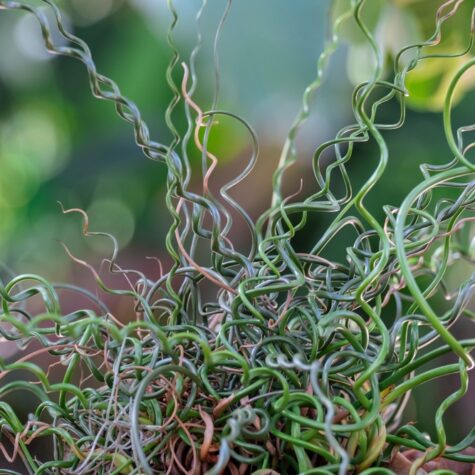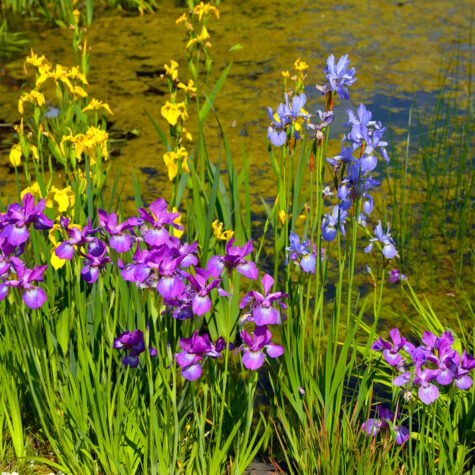$5.99
*NOTE: AS A FISH FARM, WE DO NOT OFFER GENDER SPECIFIC SEXING ON FISH STOCK. REQUEST FOR MALES OR FEMALES CAN ONLY BE ACCOMMODATED IF THE ITEM SPECIFIES GENDER IN THE DESCRIPTION SUCH AS: MALE BETTA, FEMALE GUPPY, ETC SORRY FOR ANY INCONVENIENCE.
Out of stock
Nasturtium officinale is a water plant that can be found throughout the United States, southern Canada, Europe and Asia. It’s actually native to Europe and Asia. Watercress grows in shallow running water where it normally forms dense mats. Its stems with 3 to 9 small oval leaves grow 4 to 10 inches high. It flowers from April to October. Watercress flowers are small and white and occur in long clusters like many other mustards.
Watercress is an ancient plant utilized around the globe throughout history and a popular edible plant that is grown only in the water. Watercress is a tasty edible herb that is easy to grow, and grows in many conditions that yield a nice crop that is also beneficial for healthy water quality.
Watercress is a true aquatic variety of the cress family of leafy vegetables in fact is also the most ancient leaf vegetable consumed by humans. Peppery in taste, it is closely related to the Mustard plant or Mustard greens. Watercress is known as a super food packed with vitamins, minerals, antioxidants and it has more Vitamin C than an orange, more calcium than milk, and more iron than spinach. Wow. All this growing in your own pond!
The Greeks, Romans, Anglo Saxons, French, Victorians,and even the ancient Egyptians all used watercress for medicinal, culinary, and “recreational” purposes. It was grown in massive amounts by ancient rulers in just about every garden. The Chinese used watercress as far back as 2000 BC as a restorative and healing remedy for ulcers, tumors, sore throats, and general healing remedy. ( not only eating it but using it as a tea) Many of today’s Chinese restaurants still have watercress soup on their menu offerings.
Watercress was used for cleansing of the blood, a cure for baldness and scurvy, increased intellect, improved vision, a general detoxifier, a hang over cure, a “cure” for freckles and toothaches, a weight loss supplement, a breath freshener, increased sexual vigor, and was probably the world’s first energy drink with the juice being served to pharaohs’ servants for increased productivity, and the ancient Egyptians were definitely productive.
Recent studies suggest that watercress may inhibit the growth of breast cancer and lung cancer. Watercress was also widely used in culinary practices whether eaten by the handful or artfully blended into the most spectacular fine dining experiences.
Watercress is easy to grow, and an eye catching aquatic plant. It is sold as a bundled plant, about 4 to 6 stems per bunch. Watercress will help to beautify your pond by softening the edges and producing lots of green leaves and pretty little flowers. It improves your pond’s water quality too by removing nutrients and particles from the water that drag down water quality and clarity. If it is used to cleanse our very own blood, surely it can purify pond water.
Minimum quantity for “Watercress or Nasturtium officinale Pond Plant” is 6.




